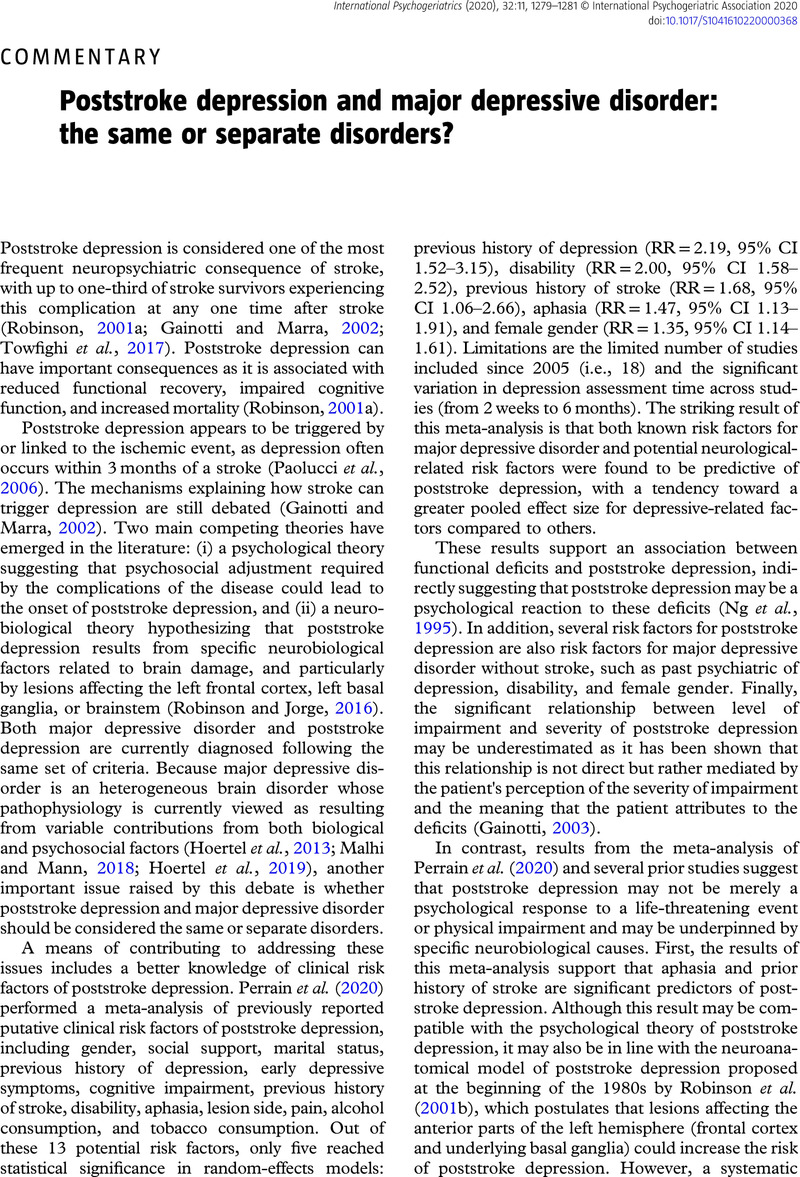Crossref Citations
This article has been cited by the following publications. This list is generated based on data provided by Crossref.
Olsson, Camilla
and
Schalling, Ellika
2025.
Management of suicidality in stroke patients with and without aphasia—a national survey among healthcare professionals in Sweden.
Disability and Rehabilitation,
p.
1.



